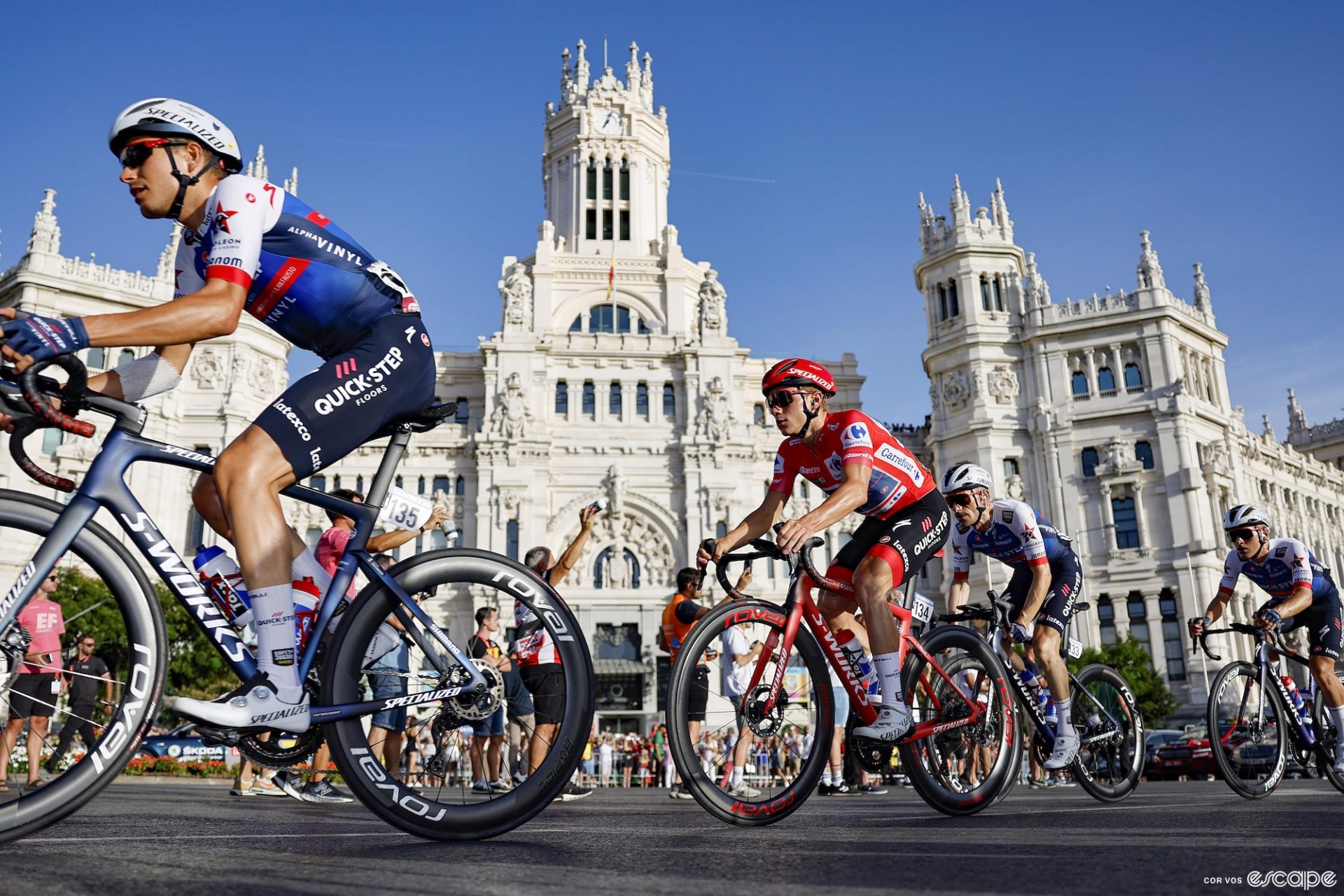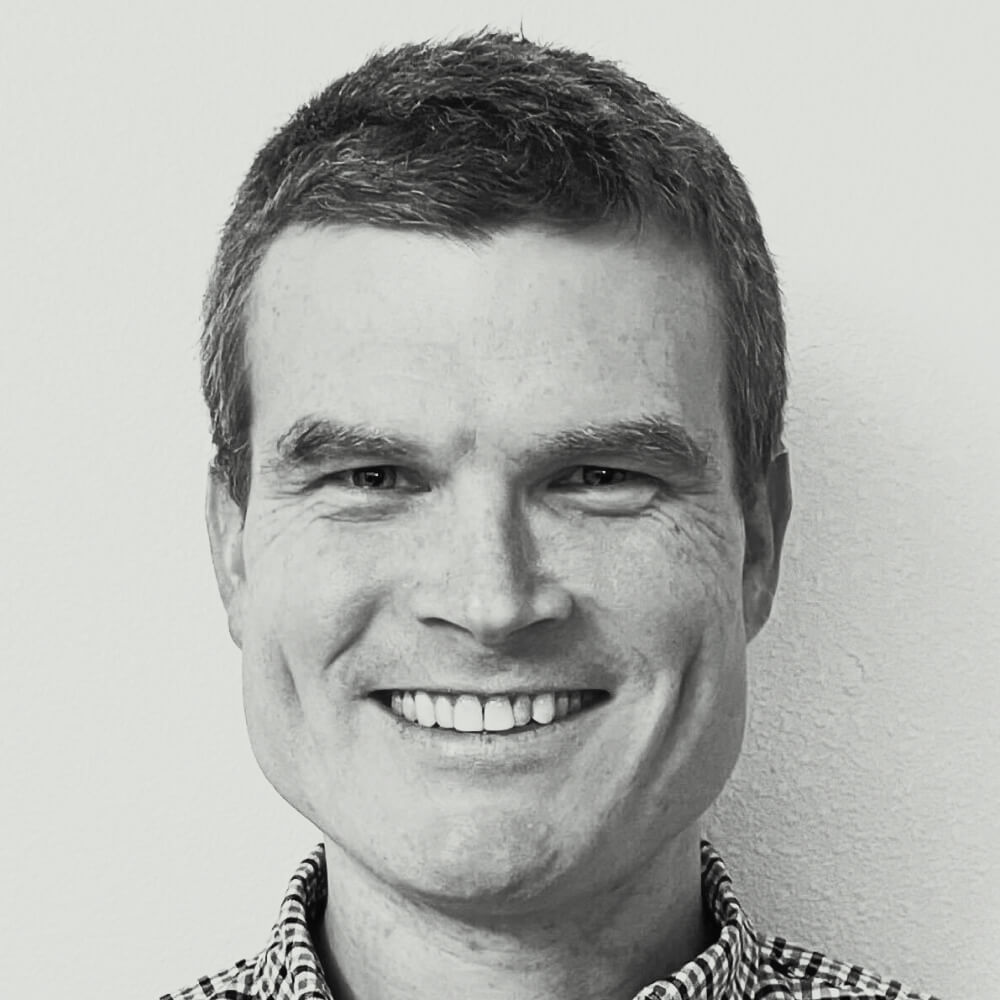The Vuelta a España is nearly here, which means it’s time for cycling media outlets to provide you with everything you need to know ahead of the final Grand Tour of season. Here at Escape Collective, we’re all about giving you the in-depth pre-race analysis, so you can be sure that you’ll get all the good intel in our race preview, but we’re also heavily invested in telling you all about things that you maybe don’t actually need to know too.
Bike races are so often a celebration of the places they visit, and luckily for us, this next big race will spend three weeks in a country that is an absolute treasure trove of historic sites and culinary destinations. People were living here for thousands of years before the Carthaginians and Romans arrived, and layered on top of what those people left behind are reminders of later arrivals: the Visigoths, then the Muslim rulers of Al-Andalus, and then the many Christian states that grew to hold sway in the later Middle Ages.
The way we see it, setting the scene as the race passes through this or that region will make your viewing experience that much better. With that in mind, we’ve compiled a cultural notebook for the 2023 Vuelta a España. Here’s what you maybe didn’t realize that you should know about the history, the food, and more along the route of the race, which will start on Saturday in Barcelona and finish in Madrid.
A Barcelona start and a busy first week
The 2023 Vuelta will start in one of Europe’s most popular tourist destinations. First, a quick explainer: Barcelona is the capital of Catalonia, one of the 17 autonomous communities that make up Spain. It is the second largest city in the country behind Madrid. Barcelona has quite a long history, with ancient roots as a Roman colony. It continued into a prosperous medieval period as well, in which it was the heart of a powerful Principality whose language, Catalan, spread to other parts of the eastern coast of an Iberian Peninsula that was fragmented among many different states.
Eventually, the many independent polities of Spain began to coalesce. Catalonia linked up with the Kingdom of Aragon and became part of a powerful, wealthy union known as the Crown of Aragon, which eventually linked up with the Crown of Castile to form what would become what we now call Spain. To this day, however, Catalonia retains a fierce sense of its own cultural identity, with a number of citizens of the community favoring independence from Spain.

The most familiar tourist destination in Barcelona is probably the Sagrada Família, a church designed by the legendary architect Antoni Gaudi. Work was begun in 1882 and it still hasn’t been finished, but what’s already in place is quite spectacular, a combination of the soaring Gothic style that characterizes many medieval cathedrals with modern innovations. The interior is spell-binding, with a combination of stained glass and artistic columns that make for a truly unique atmosphere. Gaudi also designed the Parc Güell, a beautiful outdoor space on Carmel Hill overlooking the city.
Only slightly less well known is the older core of the city, the Gothic Quarter, which features some structures dating to the Roman and medieval periods. In some areas, you can even see walls whose lower stones are Roman with later medieval construction on top. The Plaça del Rei is a major highlight, with a late medieval watchtower and chapel and palace that dates to around the year 1500.
As a big Mediterranean city, Barcelona is unsurprisingly known for all manner of seafood, but there’s also the simple but delightful “pa amb tomàquet,” or “bread with tomato.” It is a dish of bread, sometimes toasted, with olive oil, tomato, and salt. Really, you could write several books on all of the interesting things to eat in Barcelona, but since we’re providing some cultural notes on the entire Vuelta route, we should probably keep it moving.
After the opening stage in Barcelona, the race will head north to beachside Mataró for stage 2, and then it will go into a whole ‘nother country on stage 3: Andorra. Why is it a separate country, you ask? The Rider’s Digest version is that some medieval politics led to Andorran sovereignty being shared by both the Bishop of Urgell and the Count of Foix. Eventually, that latter title would pass to the Crown of France.
The unique political arrangement continued through into recent centuries, and although the French Empire briefly annexed the area under Napoleon, independence was then restored. The President of France (Emmanuel Macron at the moment) and the Bishop of Urgell are Co-Princes of Andorra to this day, though power rests in the elected Parliament.
Bordered by both Spain and France and sitting high up in the Pyrenees, Andorra is home to some beautiful medieval churches in the Romanesque style, plenty of professional cyclists, and some ski chalets too. The aforementioned Catalan language, by the way, is Andorra’s official language, though Spanish is heavily spoken as well.
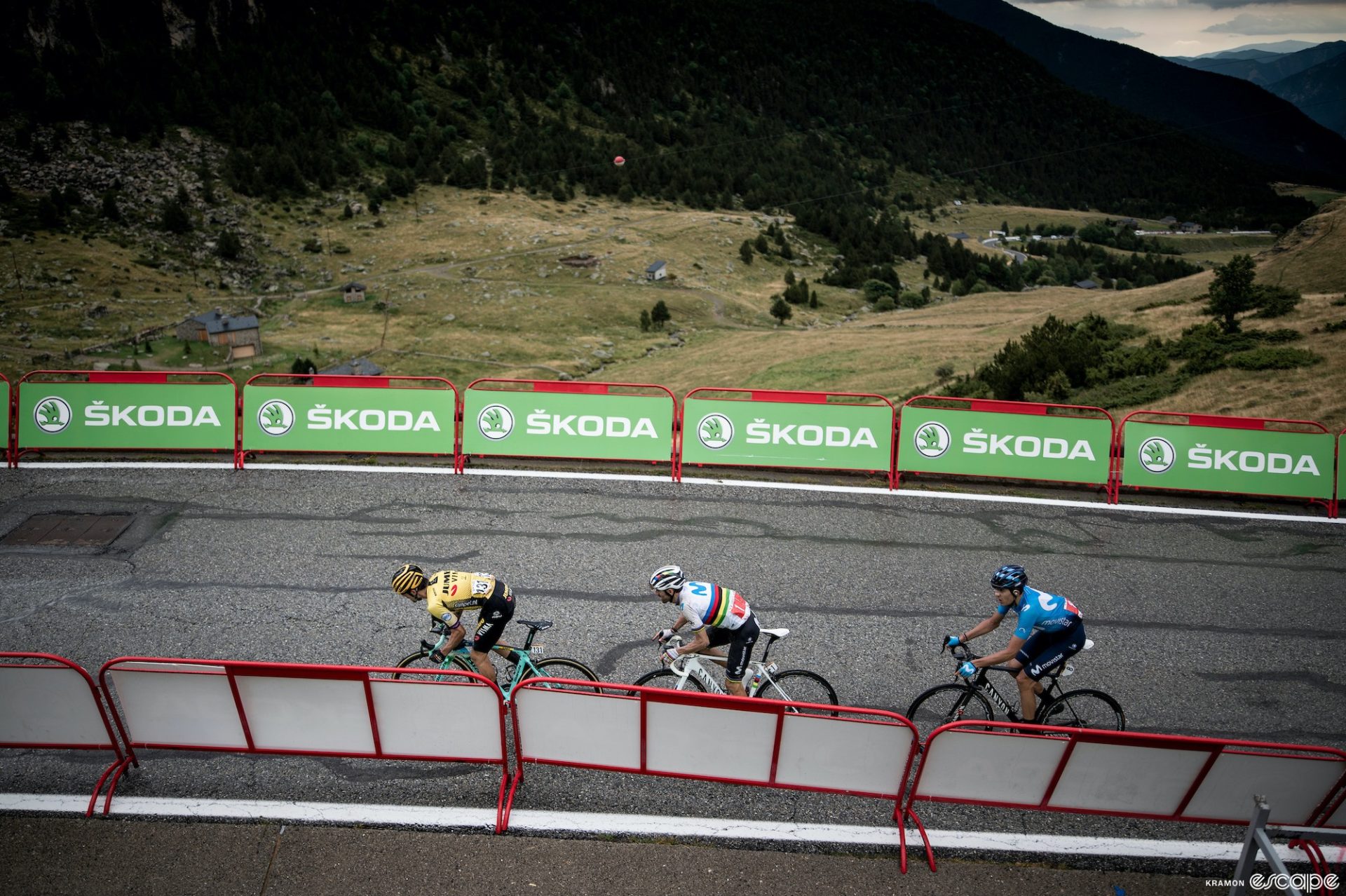
Stage 4 will take the Vuelta back into Catalonia to finish at Tarragona, a city that has been around for more than two millenia, and which was major trade hub of the western Mediterranean for Ancient Rome. Then called “Tarraco,” it was the capital of a huge Roman province. A massive aqueduct and a breathtaking seaside amphitheater remain as relics from that past.
Visit-worthy highlights from stages 5 and 6 respectively include Morella’s hilltop castle and the Coves de Sant Josep, an underground river and cave site. Then, stage 7 heads into an underrated wine region in Utiel.
This Vuelta won’t really visit Spain’s most famous wine region of Rioja, which means I’m going to hold off on what would be an interminable love letter to my favorite wine. That said, the race does pass through several lesser-known areas, including the Utiel-Requena region, where the primary grape is Bobal. Although it’s quite popular in Spain, it’s under-the-radar enough everywhere else that you’ll impress your wine friends if you ever have a bottle on hand, and what you’ll be getting is a wonderful mixture of flavors: red fruit, smoky spice, and some pleasant acidity.
After leaving Utiel, the Vuelta will take the peloton right into Valencia, the capital of the Valencian Community. Valencia is Spain’s third largest city, and it has a flavor all its own, which is hardly a surprise considering that it was originally founded by the Romans and that it was an especially flourishing cultural destination in the later Middle Ages. It was briefly ruled by the famous general El Cid, and later the capital of the Kingdom of Valencia, an especially wealthy part of that aforementioned Crown of Aragon.
Places to visit include the beautiful Valencia Cathedral, built in the 13th century in the Valencian Gothic style, the Serrans Gate, an imposing gate into the old city wall that was built in the late 14th century, and the Lonja de la Seda (Silk Exchange), built at the end of the 15th century and the start of the 16th and now a UNESCO World Heritage Site.
Valencia is especially known for its cuisine, and the best known feature of the cuisine is Valencia’s signature dish: paella. As we explained in the cultural notes for the women’s Vuelta earlier this year, paella may be internationally synonymous with Spanish cuisine, but it’s really a Valencian dish at heart and it is seen as such within Spain itself. To save some time here, I won’t rehash everything I already wrote ahead of the women’s race, so check out that story if you want a bit more on this dish of rice, olive oil, and broth.
The Vuelta will stay in the Valencian Community for stage 8 from Dénia to Xorret De Catì, passing by the Castalla hilltop castle, originally constructed during the period of Islamic control and then expanded under the Christian Kings of Valencia.
Then, it’s onto stage 9, which starts in Cartagena, a sizable city that wears its ancient history on its sleeve. The Carthaginian leader Hasdrubal the Fair, brother-in-law of the famous general Hannibal, built it up in the 200s BC and gave it the same name as the capital, Carthage. After it fell to Scipio Africanus in the Punic Wars, the Romans started to call it Carthago Nova (New Carthage). It is now a major base for the Spanish Navy.
Most famous among its ancient ruins is its Roman Theater. Finished right around the year 1 BC during the reign of the Emperor Augustus, it could seat thousands of people, and it’s still in good shape even today. After the Vuelta arrives in Caravaca de la Cruz at the end of stage 9, riders and fans alike will finally get a rest day as the race makes its way north.
Northbound for week two
Stage 10 is a time trial in Valladolid in north central Spain, right in the heart of Old Castile. The University of Valladolid is one the oldest on the planet, founded in the 1200s, and it is just one of the many old things in the center of the city built during Valladolid’s flourishing medieval days. Into the early modern period, Valladolid was the sometime home of Don Quixote author Miguel de Cervantes, and the home he lived in is now a museum.
Stage 11 starts in Lerma, home to a sprawling Habsburg Palace built in the 17th century, and it finished with a climb into the mountains to a beautiful glacial lake, Laguna Negra de Urbión.
Stage 12 starts in Ólvega and passes right through the Campo de Borja wine region, best known for its Garnacha. This expression of the grape (also popular in France as “Grenache”) makes a fruity red with smoky spice notes that usually has a lot of alcohol and not much tannin. Despite lacking the name recognition of nearby Rioja, it produces plenty of wine that tends to make its way onto international shelves.
From there, it’s onto Zaragoza, a major city at the heart of the autonomous community of Aragon that is also historical treasure trove. The name of the city alone makes for a great reflection of Spanish history. Founded as “Caesaraugusta” by the aforementioned Augustus, it continued to be a major urban area under the Visigoths and then the Umayyad Caliphate, where its name evolved into the Arabic “Saraqusṭa.” Conquered by the Kingdom of Aragon in the 12th century, that Arabic name would evolve into its current name: Zaragoza.
Situated on the great Ebro River, the city features plenty of historical highlights, including Roman walls, the Aljafería Palace, built during the 11th century when Zaragoza was at the heart of a taifa (a small independent kingdom of Al-Andalus), the 14th century Cathedral of the Savior of Zaragoza, and the Cathedral-Basilica of Our Lady of the Pillar, a huge Baroque church that is probably the most visible landmark in town.
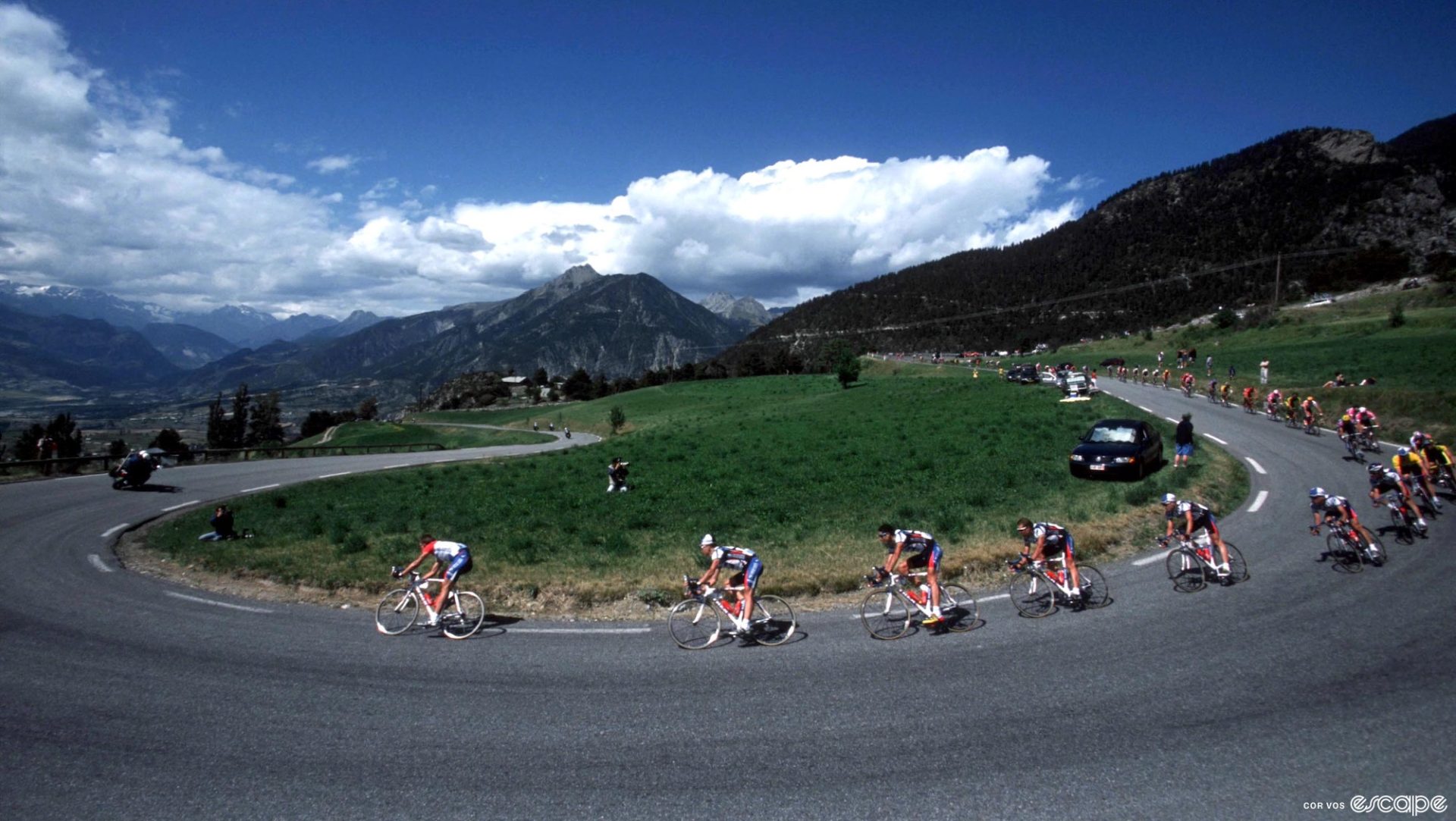
Stage 13 will take the peloton into France to finish on the Col du Tourmalet, a climb that you’ve probably heard of. The mountain has been featured in more Tours de France than any other, making its first appearance all the way back in 1910. In its most recent Tour appearances, the Tourmalet was one of the ascents climbed by Tadej Pogačar (UAE Team Emirates) en route to his stage 6 win this year, and it was the finishing climb for stage 7 of the Tour de France Femmes, where Demi Vollering (SD Worx) took a commanding win.
Sauveterre-de-Béarn hosts the start of stage 14, and if you happen to make it to the small town in the French Pyrenees, you’ll be treated to a medieval village that remains in great condition. The Vuelta will head back into Spain for the Larra-Belagua finish.
Stage 15 starts in Pamplona, another of Spain’s great urban centers and the heart of Navarre. The Kingdom of Navarre, a Basque principality in the Middle Ages, was a major regional power for hundreds of years, and interestingly enough, the Navarre region was one of the last to become part of what is now the Spanish state, retaining its independence from the Spanish crown all the way into the 16th century when it was conquered during the reign of Ferdinand II.
Pamplona is, of course, the home of the most famous “running of the bulls,” in which people run ahead of a group of bulls that have been let loose to make their way towards an arena for a subsequent bullfight as part of the San Fermín Festival in July. Assumedly just as important to Spanish cultural consciousness, Pamplona is also the home base of the Movistar team.
Visitors to Pamplona can enjoy the city’s tradition of going for “pintxos,” which is what small plates are called in Basque. Traditional Navarrese cuisine involves lots of stewed meats, and the region is known for its red Piquillo peppers too.
Green Spain and Madrid
The third week of the Vuelta starts with some action along Spain’s rugged but lush northern coast, known as Green Spain.
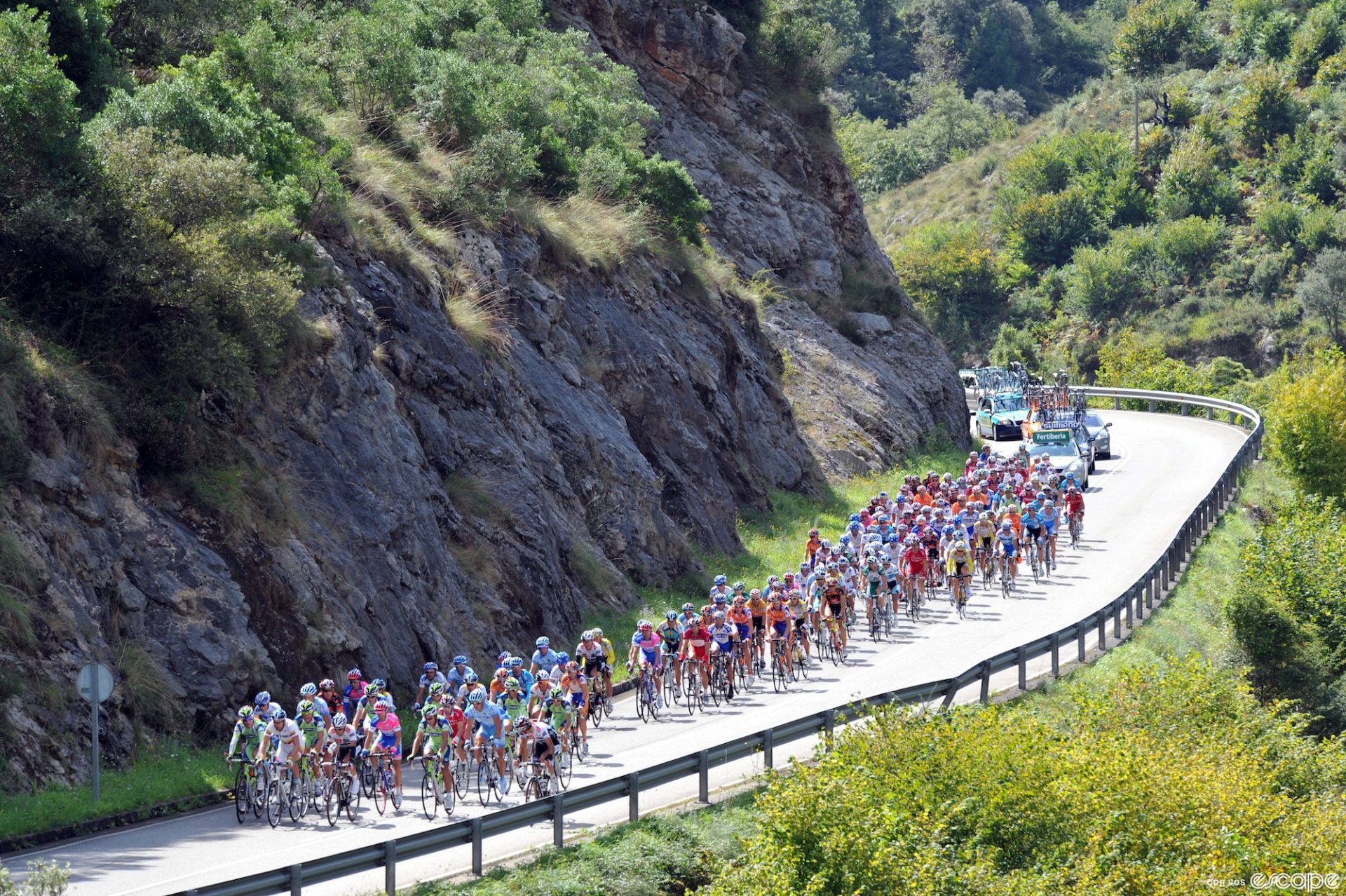
Stage 16 will take the peloton through the Cantabrian region and right past a prehistoric hotspot: caves that show signs of human habitation dating back tens of thousands of years. The most famous is the Cave of Altamira, which features paintings of bison, horses, and other animals that are still in amazing shape, the oldest of which is approximately 36,000 years old! To put things into perspective, that is 15 times as old as the Roman ruins in Cartagena. Altamira is usually closed to tourists, but you can visit the nearby Cuevas del Monte Castillo complex, featuring multiple caves with amazing rock art, including hand prints in red pigment, some of which are 30,000 years old.
Stages 17 and 18 head into Asturias to take on some brutal climbs, with the iconic Alto de l’Angliru being the highlight. Asturias also happens to be home to some of Spain’s finest early medieval architecture. The rulers of the Kingdom of Asturias, a predecessor to the aforementioned Crown of Castile, built churches and civic buildings in a style we now call “pre-Romanesque” around the 9th century, when the kingdom was a small but growing Christian enclave in the north of a peninsula otherwise part of Al-Andalus.
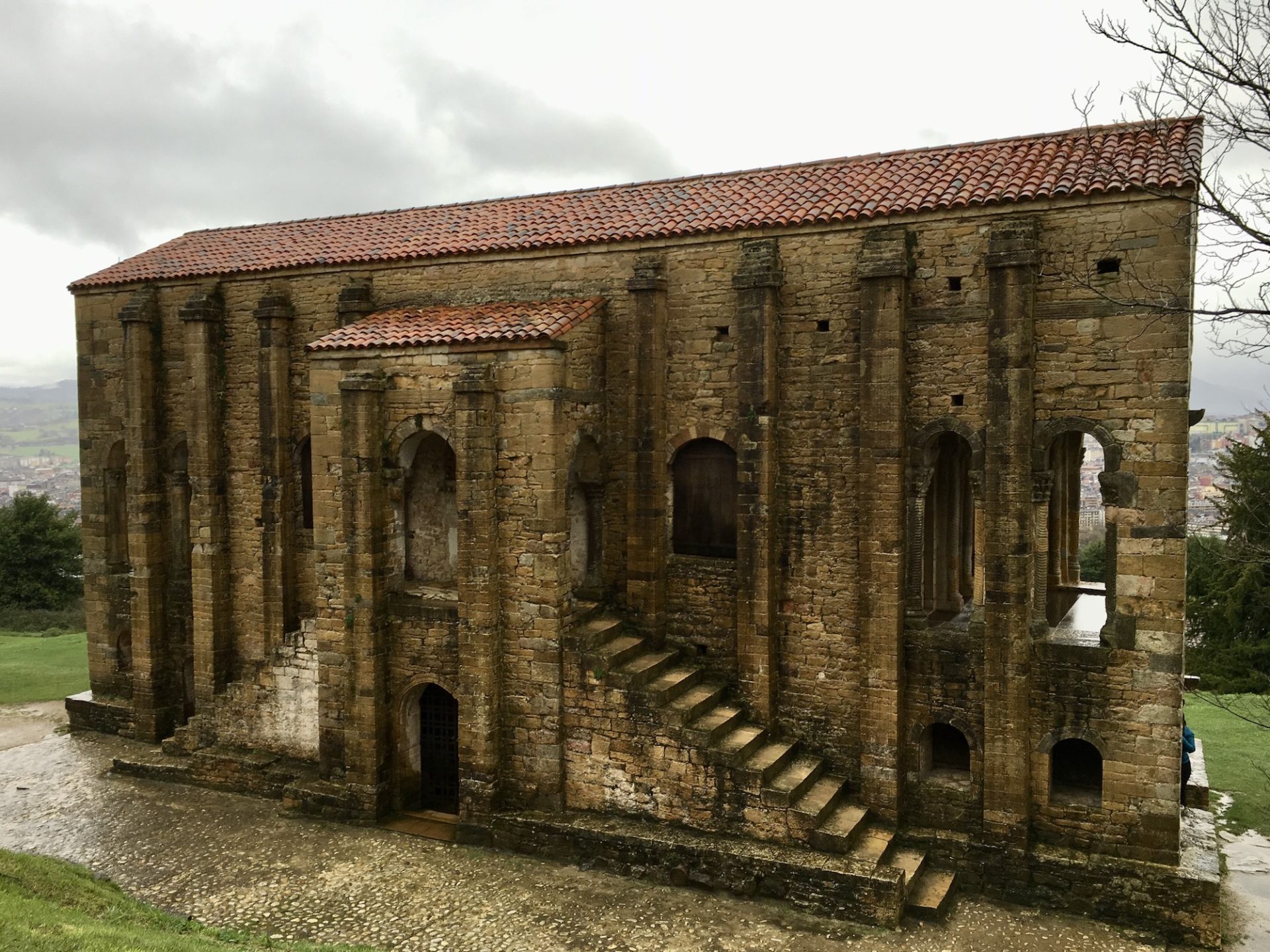
The most famous examples of the Asturian building projects are the Santa María del Naranco, now a church but initially sort of a public palace, and the San Miguel de Lillo, both on the outskirts of Oviedo.
If you want to tap into the local booze traditions as you watch riders suffer up the Angliru and the also-quite-difficult stage that follows, go for an Asturian cider. Fermented apple juice is what this area is best known for, and they make it quite acidic here. It’s not for everyone, but it’s worth trying!
After stage 18 the Vuelta will make its way south and east towards the center of Spain for the finale in Madrid. Along the way, stages 19 and 20 will roll past some spectacular fortresses in Iscar and Manzanares el Real, where the Castillo Nuevo de los Mendoza has managed to survive quite wonderfully from the late medieval period.

At least, the race will end in Madrid on Sunday, September 17. Spain’s capital and largest city is home to some three million people in the city limits alone, with a further three million in the wider metro area. It is an art lover’s paradise, with a Golden Triangle of Museums: the Prado, the Thyssen-Bornemisza, and the Reina Sofia. Across the trio of museums, you’ll find countless masterpieces by Spain’s most famous painters, from El Greco and Velasquez and Goya to Picasso and Dalì.
Although built over Roman ruins (some still visible), Madrid really began to take off in the Early Modern period and many of the sightseeing highlights are thus only a few a hundred years old, like the Royal Palace. That said, there’s also the Temple of Debod, an Egyptian temple that was deconstructed to avoid being flooded by the building of the Aswan Dam, gifted to Spain, and then reconstructed from the original stones in the heart of Madrid.
Since the race is finishing here, it seems fitting that we should focus our final culinary efforts on some celebratory sweets and drinks. Madrid is the place to go for street churros, fried dough that can be covered in all manner of sweet and delicious toppings. You could also go for some local wine: Madrid is actually a growing viticultural region known for planting Tempranillo, the same grape that forms the core of most Rioja wine. The central Spain expression usually has a bit more of a smoky note, but with much of the same focus on a balance of red and dark fruit.
Enjoy!
What did you think of this story?
